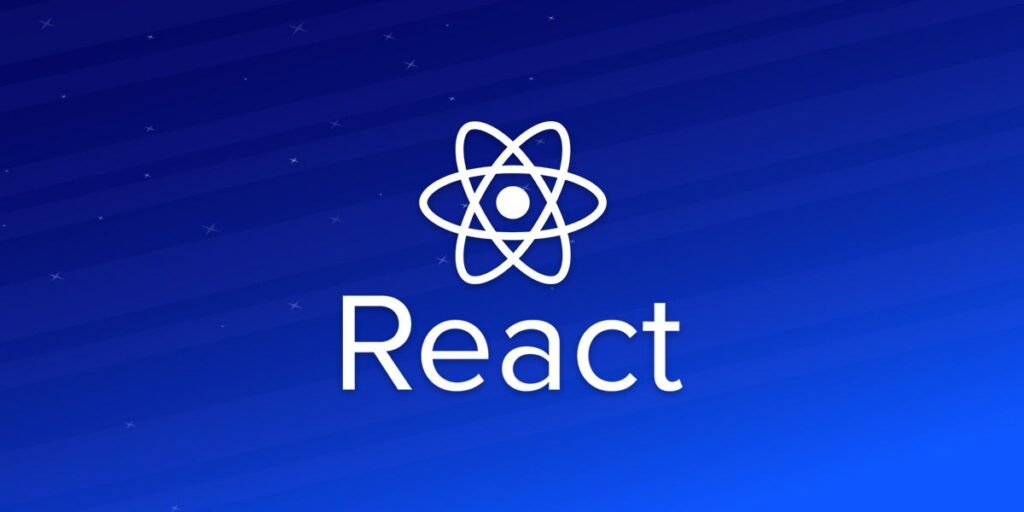ReactJS
WHAT IS REACTJS?
- ReactJS is an open-source JavaScript library used for building user interfaces for web applications.
- It follows a component-based architecture, breaking down the UI into reusable and self-contained components.
- ReactJS uses a virtual DOM to efficiently update and render only the necessary parts of the UI, resulting in faster rendering and improved performance.
- It provides a simplified and declarative syntax, making it easier to understand and write code. It also offers flexibility, allowing integration into existing projects or building complete applications.

USE OF REACTJS
- Building dynamic user interfaces for web applications.
- Development of single-page applications (SPAs) with seamless navigation and fast rendering.
- Component reusability for modular and efficient code development.
- Suitable for large-scale application development with scalable and maintainable code structure.
- Integration with other frameworks and libraries for enhanced functionality.
WHAT ARE THE FEATURES OF REACTJS?
Component-based architecture – ReactJS follows a component-based architecture, allowing developers to create reusable UI components and compose them to build complex user interfaces.
Virtual DOM – ReactJS utilizes a virtual DOM (Document Object Model) to efficiently update and render UI components. The virtual DOM enables React to perform efficient diffs and update only the necessary parts of the UI, resulting in improved performance.


JSX syntax – ReactJS introduces JSX, a syntax extension that allows developers to write HTML-like code within JavaScript. JSX makes it easier to write and understand the structure and logic of UI components.
Unidirectional data flow – ReactJS promotes a unidirectional data flow, where data is passed down from parent components to child components. This helps in maintaining a predictable state and simplifying the debugging process.
React hooks – React hooks, introduced in React version 16.8, provide a way to use state and other React features without writing class components. Hooks enable developers to manage state and lifecycle events in functional components, making the code more concise and readable.
THE BENEFITS OF LEARNING TO CODE WITH REACTJS
Increased job opportunities – ReactJS is widely used in the industry, and learning it opens up numerous job opportunities in web development. Many companies specifically look for ReactJS skills when hiring developers.
Reusability and modularity – ReactJS follows a component-based architecture, allowing developers to create reusable UI components. This promotes code reusability, reduces redundancy, and improves the overall efficiency of development.
Enhanced productivity – ReactJS utilizes a virtual DOM and efficient rendering mechanism, resulting in faster rendering and better performance. This leads to improved productivity and a smoother user experience.
Robust ecosystem and community support – ReactJS has a large and active community of developers who contribute to its growth and provide support. The ecosystem offers a wide range of libraries, tools, and resources, making it easier to find solutions, learn best practices, and stay up-to-date with the latest trends.
